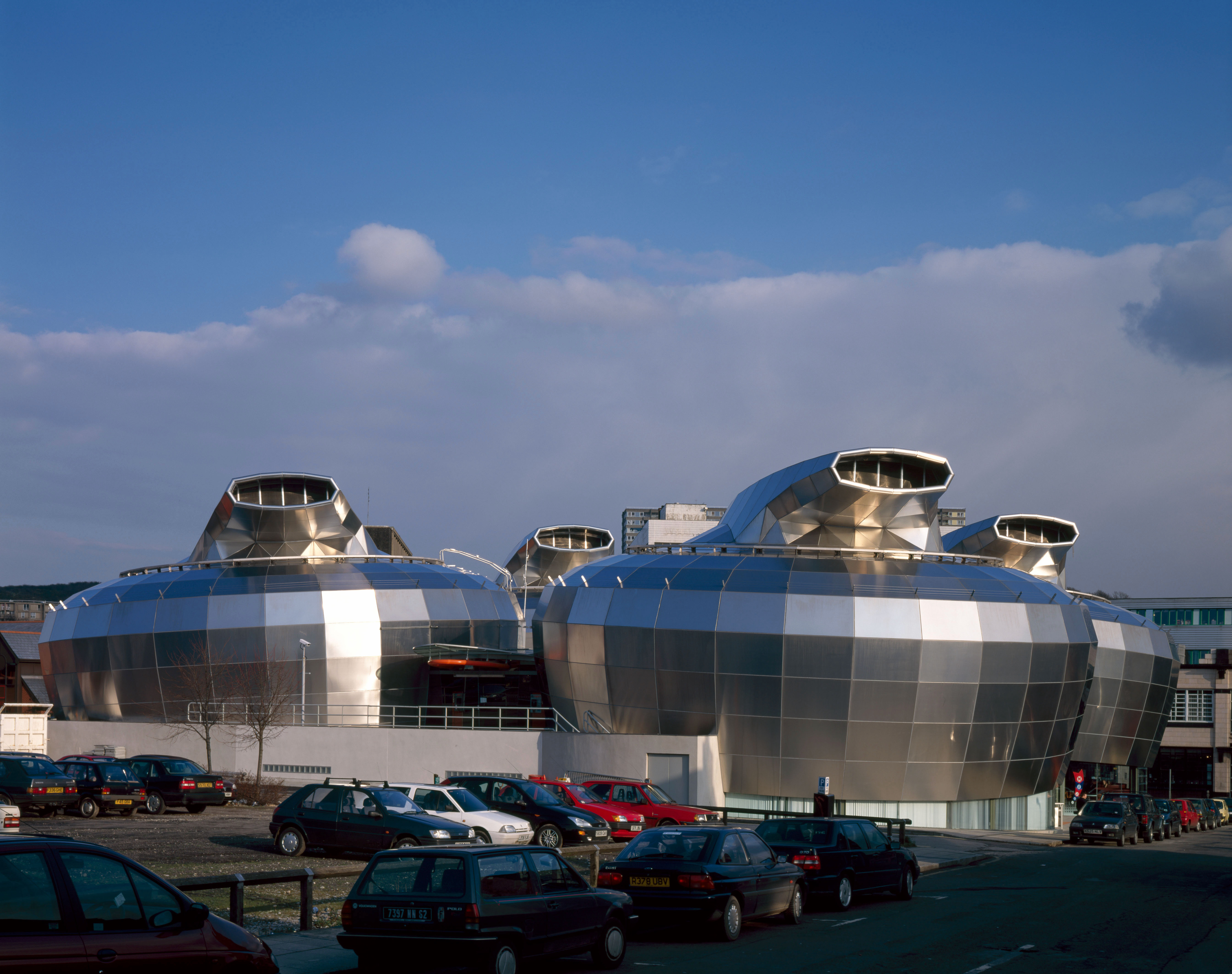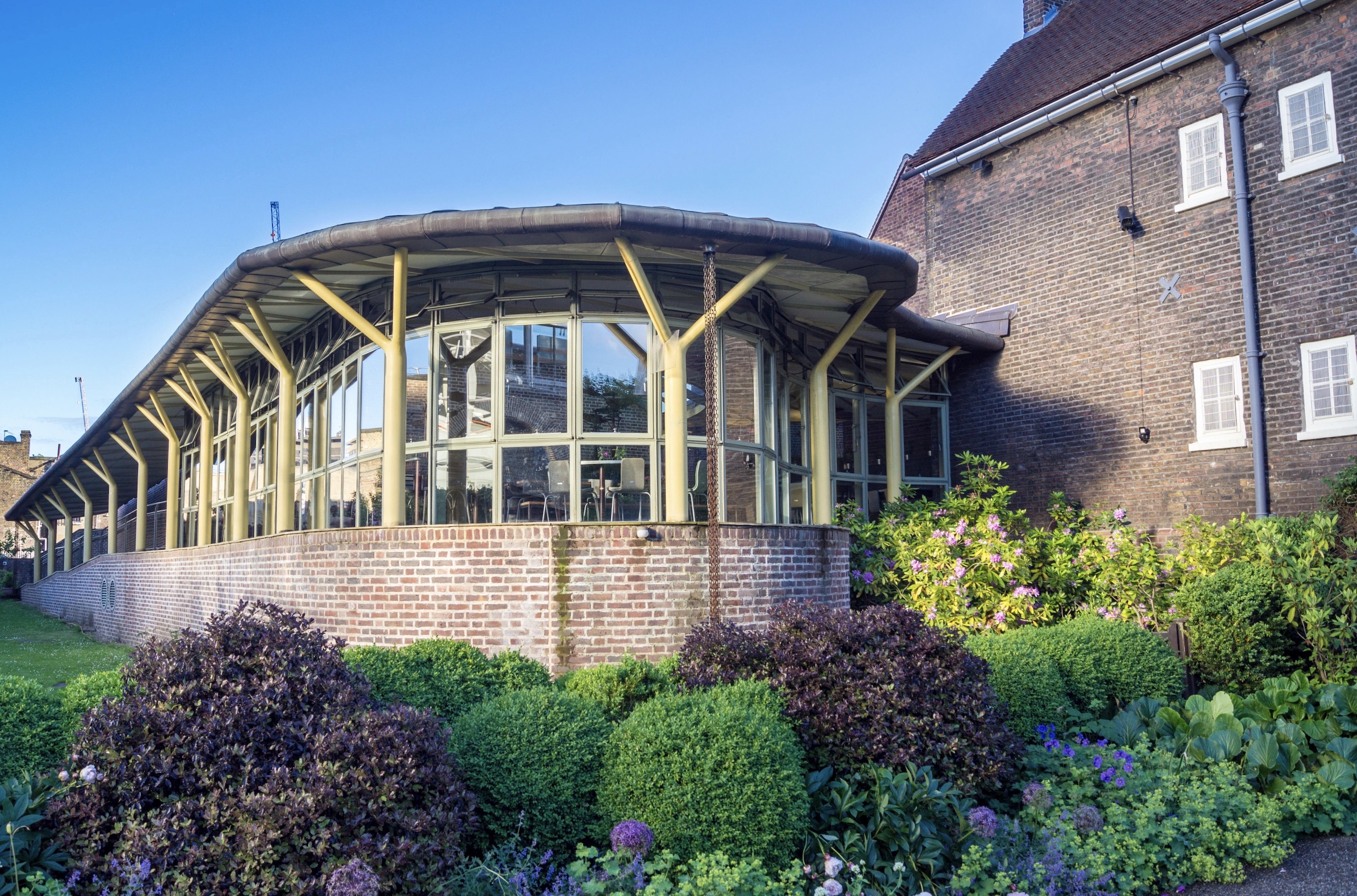Nigel Coates on architecture
18.05.22. Internet.
Nigel Coates is a hugely influential architect, designer, artist and educator. He first came to widespread attention as a teacher at the Architectural Association in the early 80s when he co-founded NATO, a radical architecture collective that published a series of magazines with a unique perspective on the city.
Later, he formed the practice, Branson Coates, and created buildings and interiors across the globe from Caffe Bongo in Japan to the Geffrye Museum extension in London (pictured above). He has also designed a slew of products for the likes of Fornasetti and GTV as well as curating exhibitions, such as Ecstacity and Mixtacity at Tate Modern.
Importantly, he did much of this while being head of architecture at the Royal College of Art.
He has just published an intriguing – and occasionally quite racy – memoir. It’s a book that charts the changes in architecture in general, and London in particular. There are tales of extraordinary projects, of club culture and parties, of friendships and loves, and of lives sadly lost.
In this episode we talk about: his early life in Malvern and his difficult relationship with his parents; his love of Italy; teaching at the Architectural Association and the creation of NATO; working in Japan and, finally, building in the UK; his role in controversial projects such as the National Centre for Popular Music and the Millennium Dome; the problem with developer-led London; regrets about about not building more; being queer and ‘the unspoken conformity of architecture’; and missing his great friend Zaha Hadid.
Find out more about Nigel Coates
 Caffe Bongo was an important early project in Tokyo. Famously, Coates elected to lash an aircraft wing to the outside of the building, which opened in 1986.
Caffe Bongo was an important early project in Tokyo. Famously, Coates elected to lash an aircraft wing to the outside of the building, which opened in 1986.  The National Centre for Popular Music in Sheffield was made up of four shiny, steel drums. While the building shone, the exhibits inside proved unpopular. It centre quickly closed.
The National Centre for Popular Music in Sheffield was made up of four shiny, steel drums. While the building shone, the exhibits inside proved unpopular. It centre quickly closed.

Branson Coates designed the structure of the Body Zone for the Millennium Dome, which opened in 2000.

This is Coates’ version of the Falklands Museum, a project he set his unit at the AA in 1982. It used layers of paint and oil pastel. (All images courtesy of the architect)

